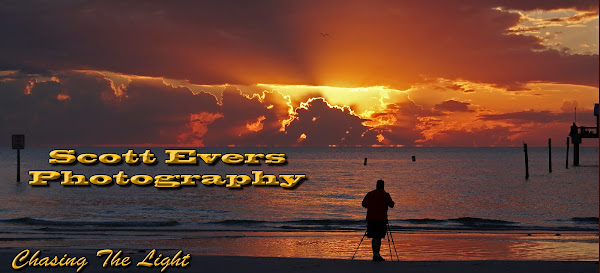Diamond Head is one of the most famous landmarks on Oahu and the entire state of Hawaii. It has once been an active volcano, but hasn’t spewed any ashes for more than 150,000 years. The extinct crater and lookout point at the peak of it is a popular hiking destination for many. In fact, Diamond Head is one of the most photographed and painted spots on Oahu, adorning many wall calendars and postcards. So I naturally had to do the classic postcard shot as the sun set into the Pacific Ocean behind me.
Looking East toward Diamond Head from Waikiki Beach
Located at the eastern end of Waikiki and right on the ocean, Diamond Head has already made an impression to early sailors. In 1825, British sailors noticed small sparkling calcite crystals in the beach sand nearby the crater and named the mountain Diamond Hill. This name was later changed to Diamond Head. This is how the crater got its English name.The Hawaiian name for Diamond Head is Le‘ahi, a contraction of lae, meaning point of land and ‘ahi, meaning yellowfin tuna. So Le‘ahi means “point (of the) ahi fish.” From a distance, the mountain looks like the dorsal fin of the ahi fish, hence its Hawaiian name Le‘ahi.
Honolulu from the summit of Diamond Head
I thought it would be great to hike up to the top of Diamond Head and take some beautiful sunrise photos and night scenes of the city of Honolulu. There was only one problem, it is a state park, and it does not open that early. ( I think 06:30 Hrs.) Soooooooooo I had to find another way in and made the hike up in total darkness. Diamond Head Crater measures 3,520 feet across and 760 feet in height. A hiking trail leads from the crater up to a lookout point. But be prepared to climb some stairs. In fact, there are two stairs, one has 99 steps and a second one has 76 steps. There’s also a 225-foot hardly lit tunnel through which you’ll have to go. The tunnel is a remnant of the former military use of the crater. So you should be in good physical condition to do the hike.(Which I am not, so I was pretty gassed) But it’s definitely worth the effort once you reach the top.
As usual, Murphy's Law kicked in for me on this hike. I had not attached my tripod plate to my camera yet and had left it attached to the tripod. Well somewhere along the route of sneaking in and hiking in total darkness, my camera plate fell out of my tripod on the way up. So when I finally caught my breath and started to set up my camera I noticed the missing plate. This rendered my tripod useless. So I had to prop my camera on a concrete ledge of the lookout platform at the top and use my self-timer on the camera.
Sunrise looking East from the top of Diamond Head
There are many things to see do while you are visiting the Island of Oahu, but if you are physically able, you will want to make the hike to the top. Amazing views that go on forever to the curve of the earth. As for my now useless tripod, I had to go buy another new tripod since no camera store could get me the correct plate for mine. I then shipped my useless tripod home in the new tripod box. Let me tell you that shipping stuff from Hawaii is expensive.


















































